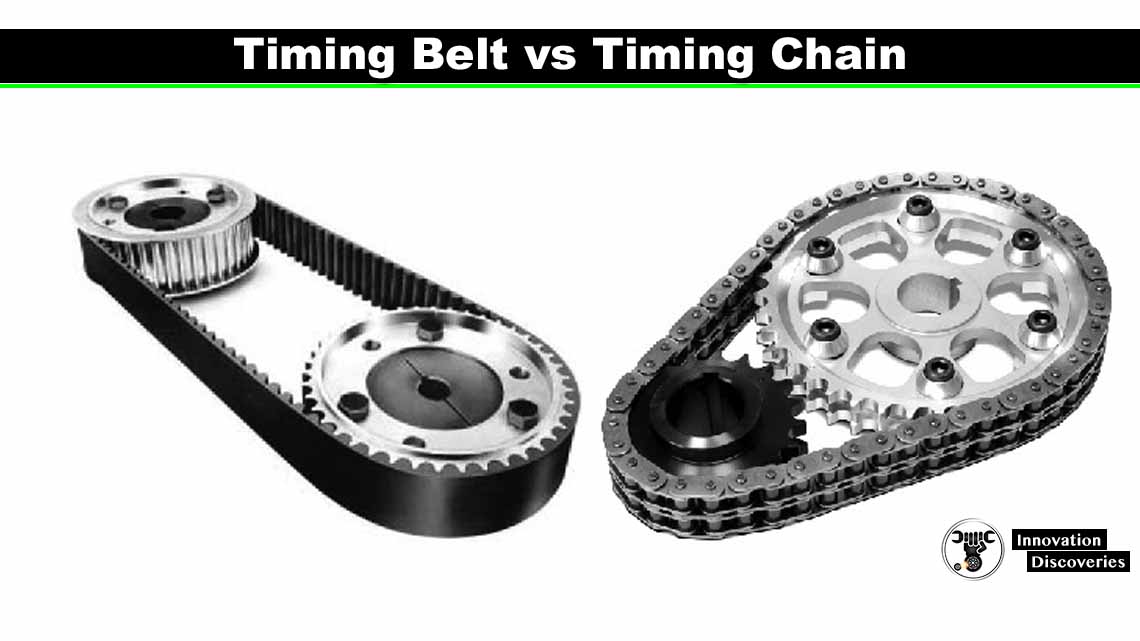
Introduction:
Every time you turn the key in your car’s ignition, an intricate dance begins under the hood. The engine’s camshaft(s) and crankshaft work together to synchronize the movement of pistons and valves, creating the power that propels your vehicle forward.
This critical coordination is made possible by either a timing belt or a timing chain, two vital components in internal combustion engines.
In this article, we’ll delve into the differences between timing belts and timing chains, their pros and cons, and the significance of proper maintenance to keep your engine running smoothly.
Timing Belt: The Quiet Performer
A timing belt is a flexible, toothed belt made of rubber and reinforced with high-tensile fibers, such as fiberglass or Kevlar.
The belt is precisely calibrated to ensure the perfect synchronization of the camshaft(s) and crankshaft, allowing valves to open and close at the right time during each engine cycle.
Here are some key features and considerations related to timing belts:
1. Low Noise and Vibration:
One of the primary advantages of timing belts is their quiet operation. The rubber material helps dampen vibrations, resulting in a smoother and quieter engine performance.
2. Maintenance:
While timing belts are known for their effectiveness in many engines, they require periodic replacement as part of regular maintenance. Manufacturers typically specify replacement intervals based on mileage and/or time, usually ranging from 60,000 to 100,000 miles or 5 to 7 years.
Neglecting to replace a worn timing belt can lead to catastrophic engine failure, as it can snap and cause the pistons and valves to collide, resulting in severe damage.
3. Cost:
Timing belts are generally more affordable to manufacture and replace than timing chains. However, given the need for regular replacement, the cumulative cost of multiple belt changes over an engine’s lifetime may become a consideration.
Timing Chain: The Rugged Workhorse
Timing chains are metal chains made of steel, featuring interlocking links that provide strength and durability. These chains are built to withstand high stresses and tough conditions, and they can be found in a variety of engines, from small economy cars to high-performance vehicles.
Here are some key features and considerations related to timing chains:
1. Durability:
Timing chains are designed to last the lifetime of the engine in many cases, offering a long-lasting solution. The sturdy metal construction allows them to endure the rigors of engine operation without wearing out quickly.
2. Maintenance:
Compared to timing belts, timing chains generally require less frequent maintenance and replacement. However, some engines may include timing chain tensioners or guides that might need occasional attention.
3. Noise and Vibration:
Timing chains can be noisier and generate more vibration than timing belts due to the metal-on-metal contact between chain links and sprockets. This characteristic is more noticeable in certain engine configurations and designs.
Making the Right Choice
Automakers carefully weigh various factors when choosing between timing belts and timing chains for their vehicles.
Considerations include engine design, cost, noise and vibration requirements, and maintenance preferences. In recent years, many manufacturers have shifted from timing belts to timing chains to provide customers with longer-lasting and low-maintenance solutions.
Conclusion:
Timing belts and timing chains play a vital role in the engine’s operation, ensuring the precise synchronization of camshaft(s) and crankshaft for efficient performance. Each has its distinct advantages and considerations, from the quiet and affordable nature of timing belts to the rugged durability of timing chains.
Regardless of the type used in your vehicle, adhering to the manufacturer’s recommended maintenance schedule is crucial.
Regular inspections and timely replacement can prevent engine damage and ensure that your car’s heartbeat remains steady and reliable for miles to come.
Discover More
FOR MORE KNOWLEDGE
- WHAT HAPPENS WHEN A TIMING CHAIN BREAKS WHILE DRIVING
- VEHICLE SERPENTINE BELTS
- WHAT’RE THAT SOUND? 5 NOISES YOU NEVER WANT TO HEAR FROM YOUR CAR
- 4 COMMON ENGINE MISFIRE CAUSES
- HOW DOES AN INTEGRATED MOTOR ASSIST OPERATE?
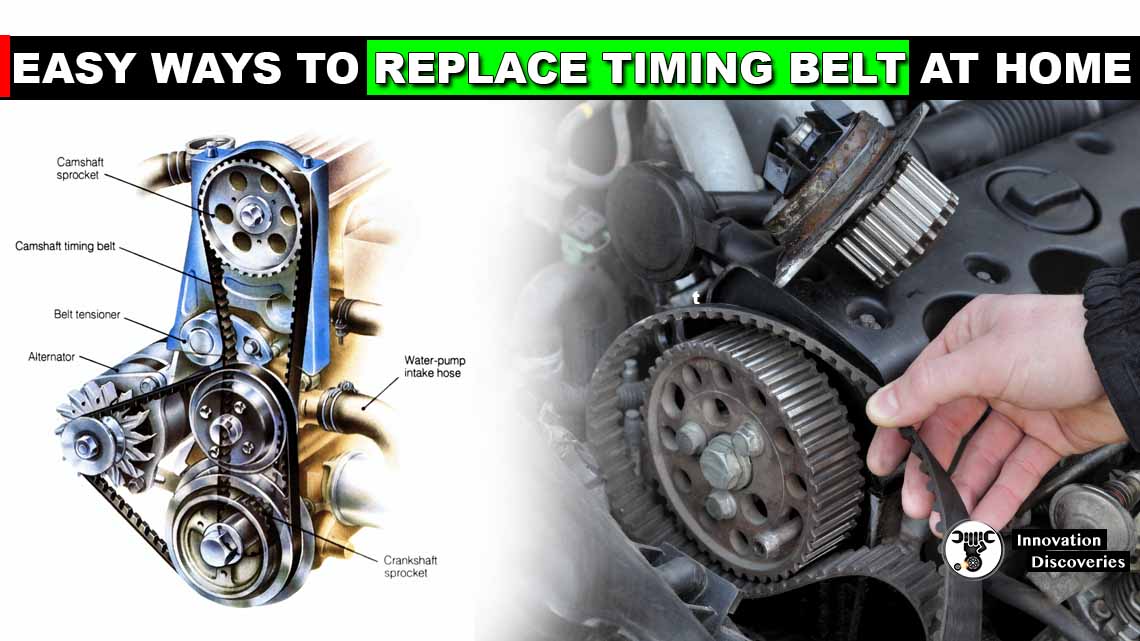
Read More:
- Here’s How You Quickly Stop a Runaway Diesel
- The engine – how it drives its ancillary parts
- Water Pump Replacement
- 5 Reasons Behind Car Engine Vibration
- VALVE TRAIN: COMPONENTS, TYPES AND THEIR FUNCTION
- Symptoms of an Exhaust Leak
Visit Forum
Visit Our Friendly Website



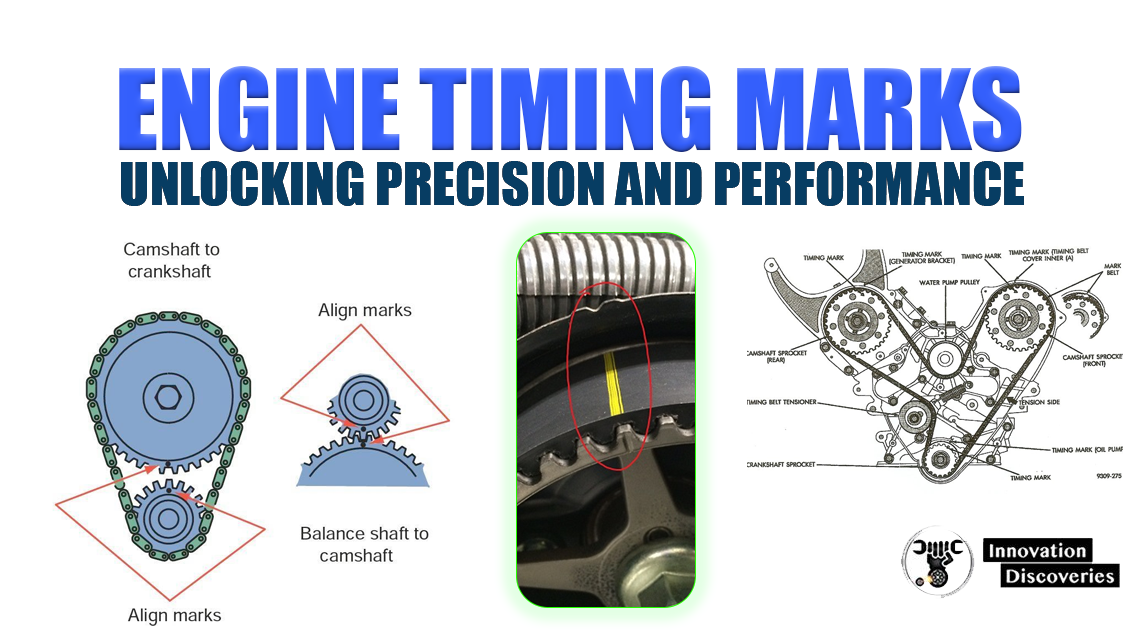
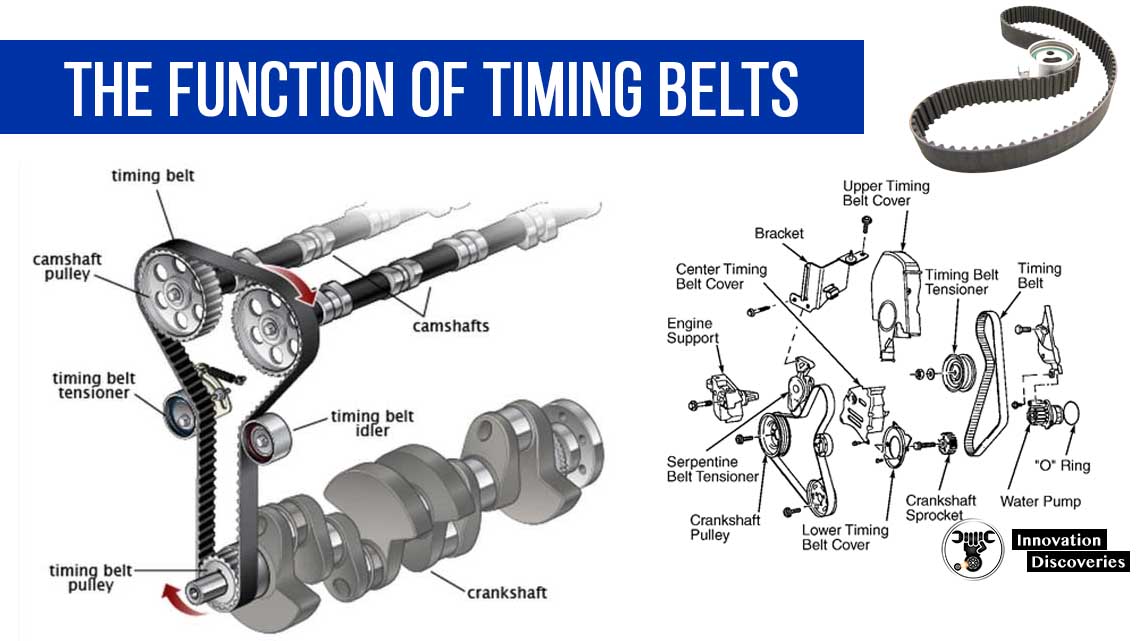
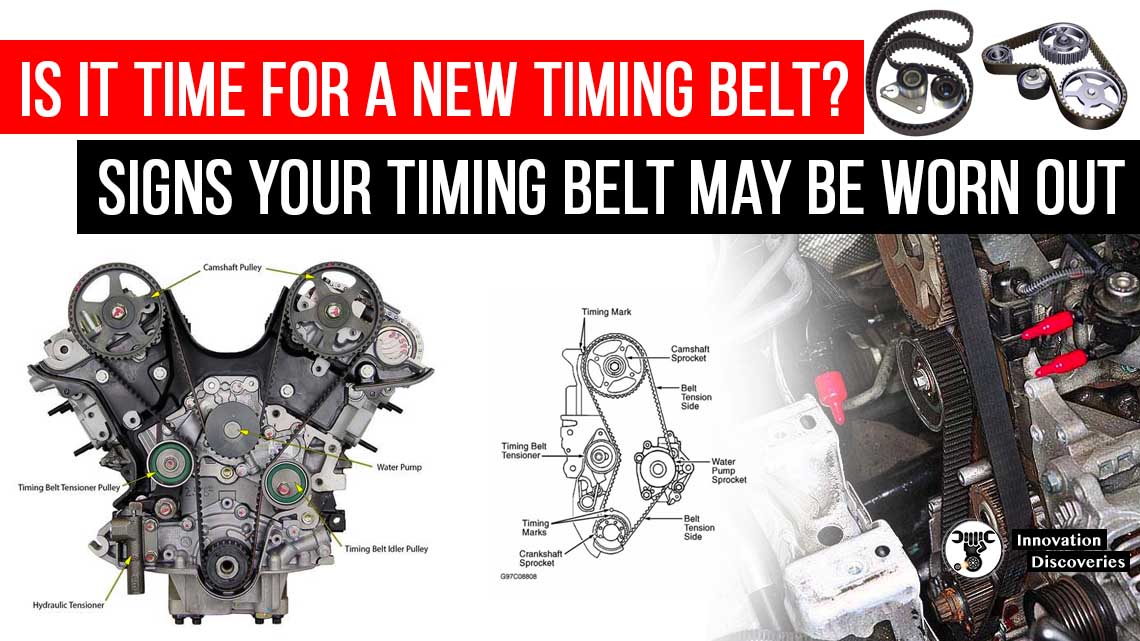
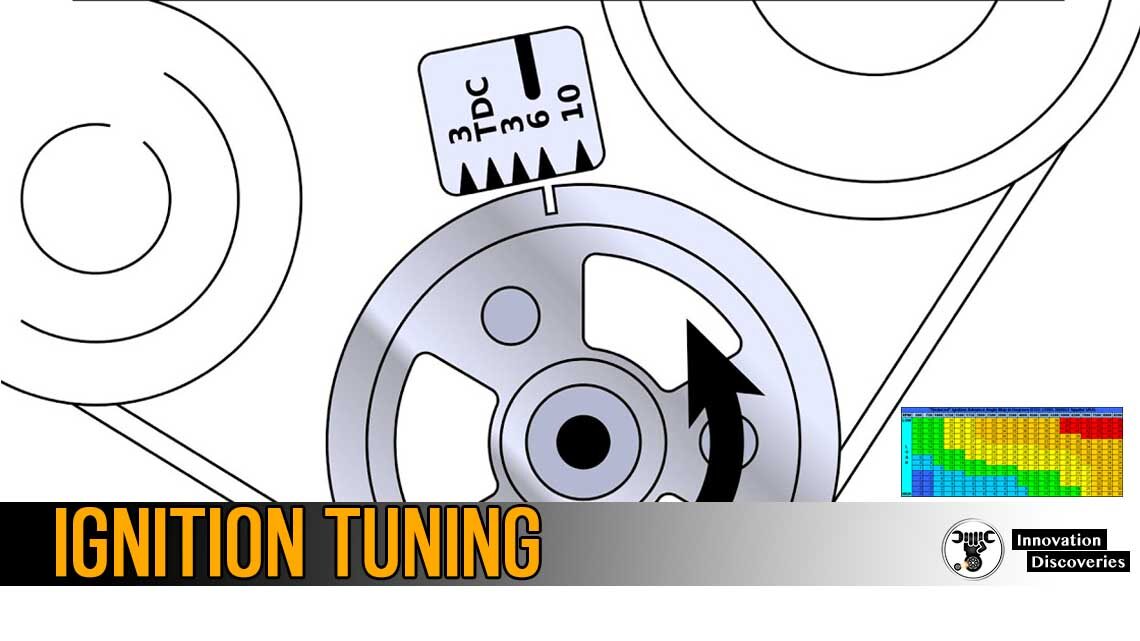
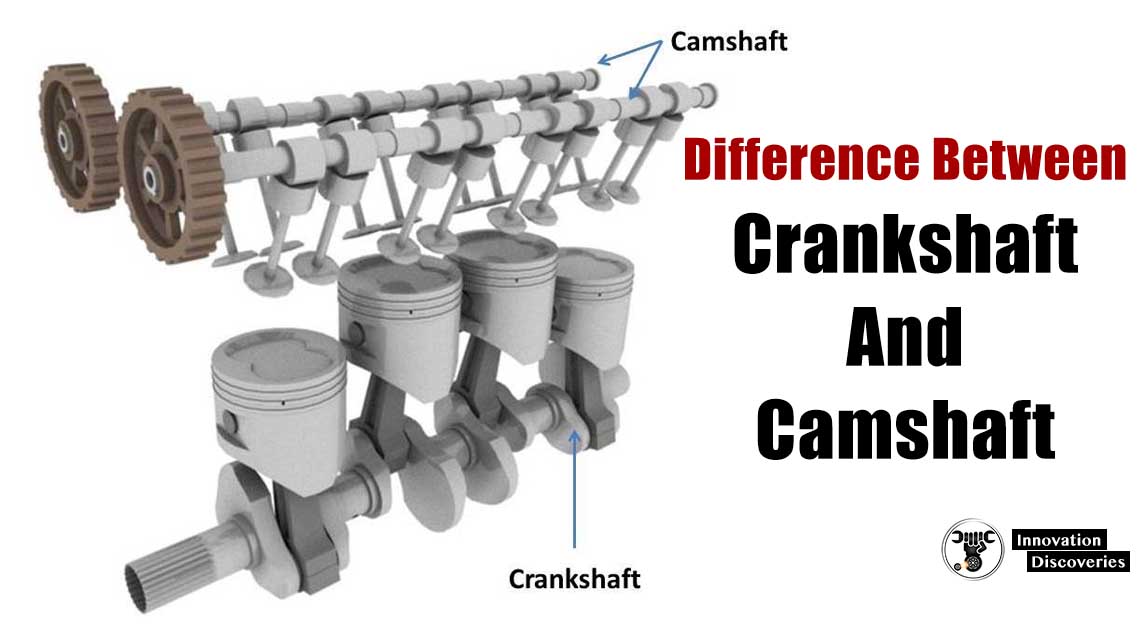
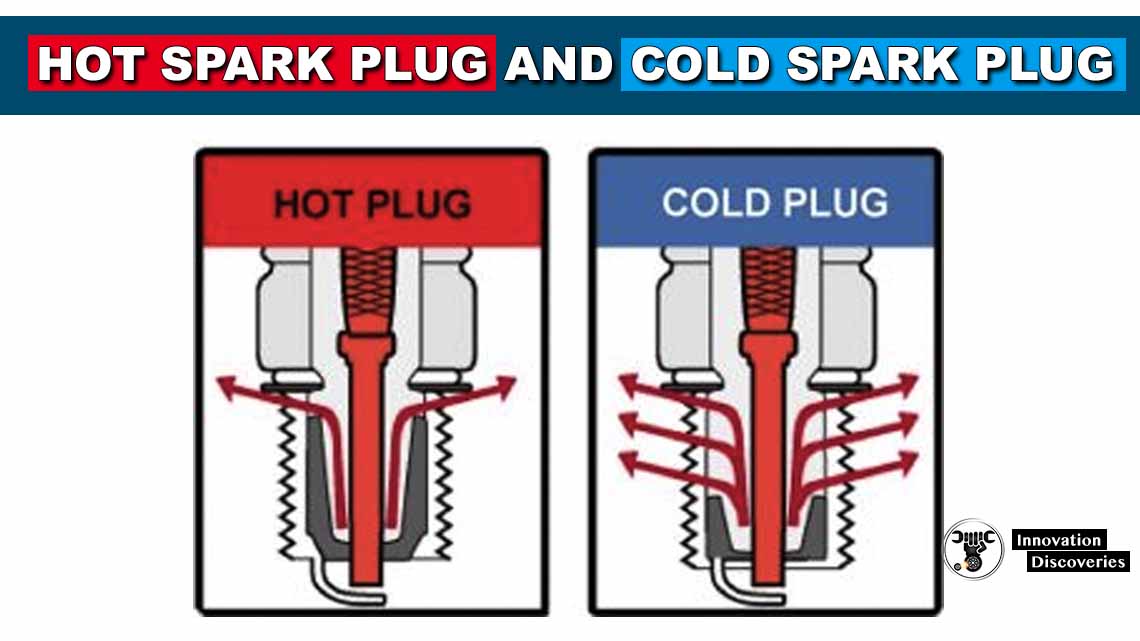

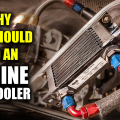

4 Comments